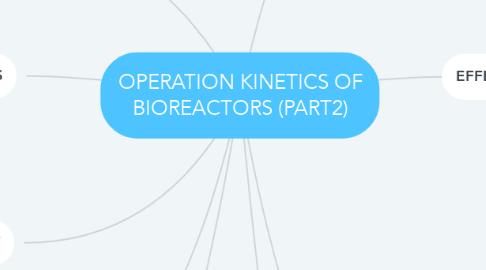
1. SUBSTRATE SOURCES AND MEDIA FORMULATION
1.1. Fermentative organisms - Nutritionally very versatile
1.2. Polysaccharides, protein, DNA and lipids
2. SUBSTRATE SOURCES
2.1. Acetylene
2.2. Citrate
2.3. Malonate
2.4. Oxalate
3. SUBSTRATES USED IN SSF
3.1. Sugar cane bagasse
3.2. Tea waste
3.3. Wheat waste
3.4. Saw dust
4. EFFECTS OF BY-PRODUCTS FROM FERMENTATION
4.1. Inhibition of the fermentation
4.2. Environmental pollution
4.3. EXAMPLE
4.3.1. Grape pulp from wine/beer industries
4.3.2. Whey from cheese and casein industries
5. FACTORS IN UP-SCALING PROCESS
5.1. Aeration and agitation
5.2. Sterilization of fermentation media and system
5.3. Inoculum development and culture expansion
5.4. Raw materials and nutrient availability
5.5. pH control probe
5.6. Shear
5.7. Temperature maintenance
5.8. Partial pressure
5.9. Genetic change in the population
6. BIOREACTOR OPERATION
6.1. Operation - The condition of functioning
6.2. Operation of bioreactor - The specific condition on how a bioreactor funtioning
6.3. Function of bioreactor - Provide a suitable environment in which an organism
6.4. Target product
6.4.1. Cell biomass
6.4.2. Metabolite
6.4.3. Bioconversion product
7. EFFECT OF PHYSICAL FACTORS
7.1. O2 transfer
7.1.1. An essential element for aerobic growth
7.1.2. Will affects the product formation
7.1.3. Some bioprocesses require high O2 transfer rate
7.2. Nutrient transport
7.2.1. Rate of transport of a limiting nutrient
7.2.2. Increasing the rate of transport of a limiting nutrient
7.3. Temperature
7.3.1. Affecting the performance of cells
7.3.2. Also affecting product formatio
7.4. Foam formation
7.4.1. Introduction of gases
8. MEDIA FORMULATION
8.1. Provide the nutrients needed for microbial growth, but also for the metabolite production
8.2. SYNTHETIC
8.2.1. Desirable for various studies
8.2.2. Foaming is not a problem
8.3. COMPLEX
8.3.1. Give much higher yields of metabolites
8.3.2. Contain undefined constituents like soybean meal, molasses and corn-steep
8.4. EFFECT
8.4.1. Fermenter design
8.4.2. pH variation
8.4.3. Foam formation
8.5. IMPORTANCES
8.5.1. Maximum biomass
8.5.2. Maximum rate
8.5.3. Maximum concentration
8.5.4. Minimum risk

